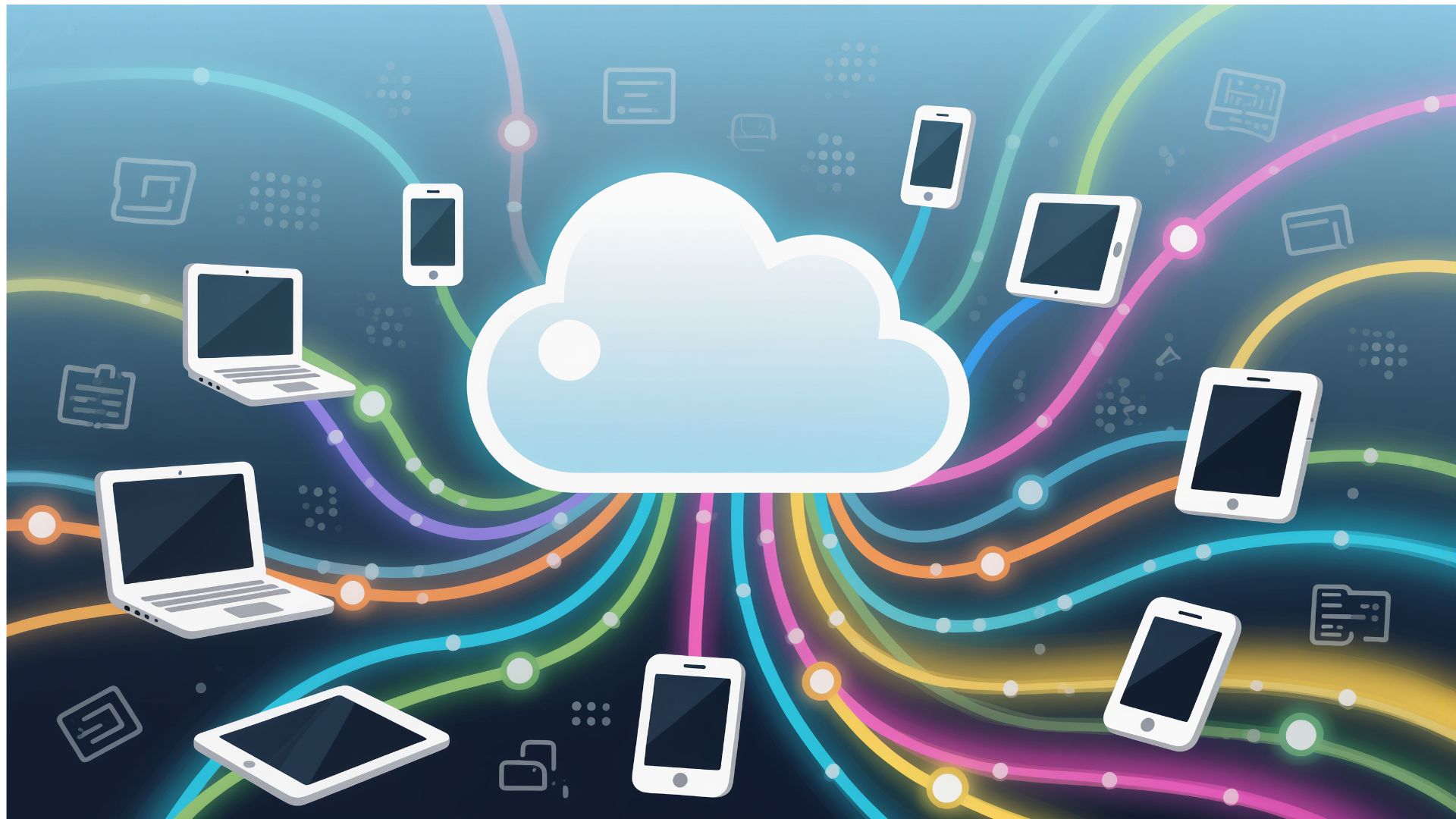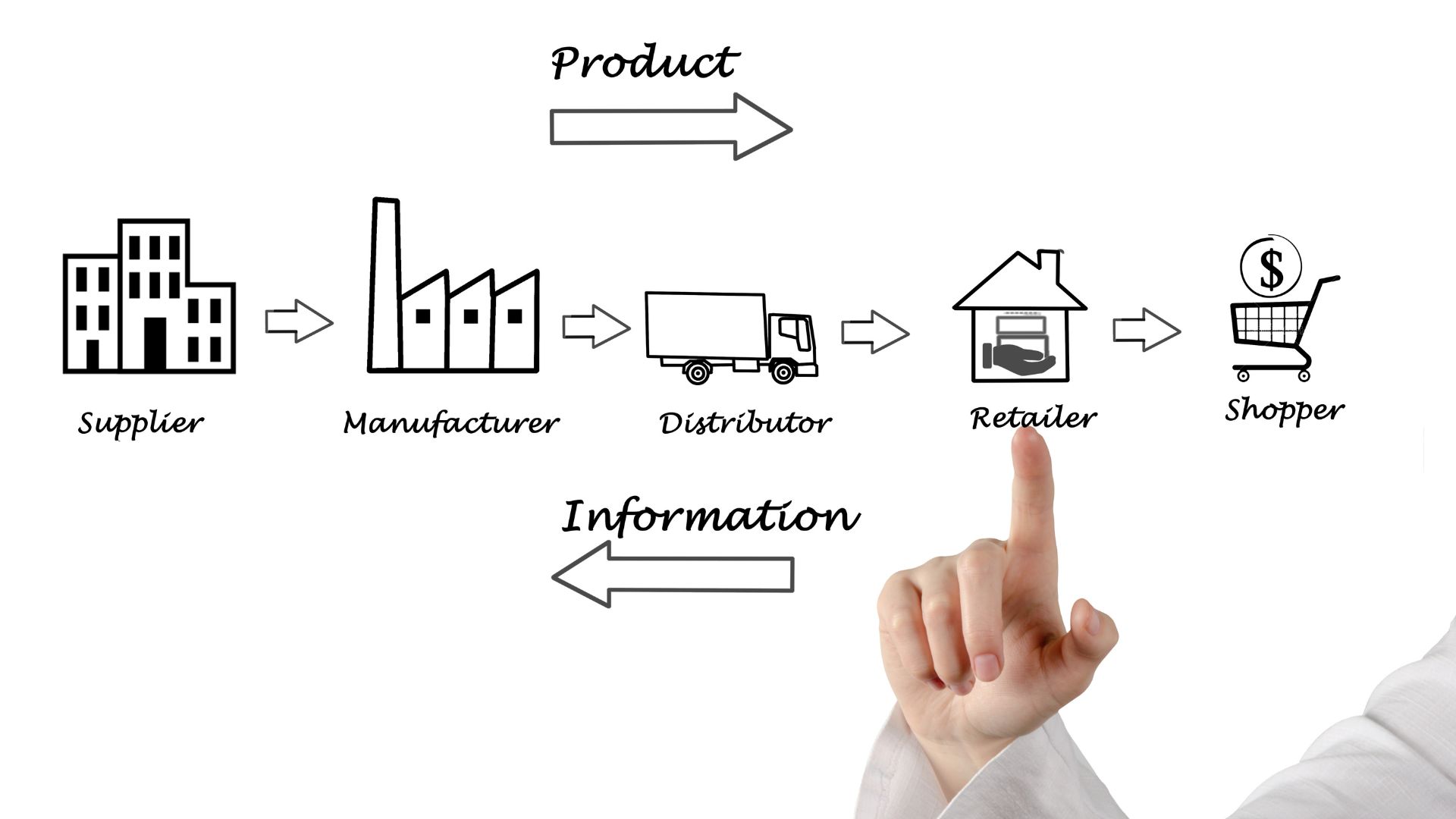What is a digital twin of processes?
A digital twin of processes is a virtual replica of a real workflow.
It is not a simple static diagram. It is a dynamic model that is fed by real data and reflects the behavior of the process under different conditions.
In it, you can see how information flows, how resources interact, and where bottlenecks occur.
In the context of AI automation, the digital twin allows you to experiment without interrupting the actual operation. This reduces risks and makes evidence-based decisions.
This technology relies on process modeling tools, advanced analytics, and, increasingly, AI to predict outcomes.
Why simulate before automating
Automating without simulating is like building a machine without testing the prototype.
You can invest months and a considerable budget in a solution that doesn’t solve the real problem.
With a digital twin, you detect bottlenecks, redundant steps, or points of failure before spending on development.
You can also measure the potential impact on KPIs such as cycle time, cost per transaction, or service level.
This gives you solid arguments to justify the investment and prioritize the areas with the highest return.
In B2B environments, where processes are often complex and cross-functional, this pre-validation is critical to avoid costly errors.
How it works in practice
The first step is to collect reliable data from the current process: execution times, volumes, resources involved, incidents and variations.
This data is integrated into a modeling platform that creates the virtual replica.
AI analyzes patterns and simulates scenarios: what happens if you reduce a step, add a bot, change the order of tasks?
You can run hundreds of simulations in minutes, which is impossible in the physical world.
The result is a clear map of which changes generate the most value and which are not worthwhile.
In addition, you can visualize the cumulative impact of multiple improvements combined, not just isolated changes.
Key benefits for your business
Risk reduction: You don’t interrupt real operations to test ideas.
Optimization of investment: You invest only in automations that demonstrate a positive impact on the simulation.
Speed of implementation: By being clear about what works, you reduce iterations and rework.
Internal alignment: A digital twin is visual and easy to understand, making it easy for all teams to see the same scenario and agree.
Accurate measurement: You can quantify improvements before implementing them, making it easier to track them later.
Scalability: Once a change in a process has been validated, you can replicate it in similar ones with confidence.
Real examples by sector
Logistics: Transportation companies have used digital twins to redesign routes and loads, achieving reductions of up to 15% in delivery times and 12% in fuel consumption.
Finance: Banks have modeled loan approval flows and found that automating document verifications reduced approval time by 40%.
Retail: Supermarket chains have simulated replenishment schemes and found that adjusting the frequency of delivery by category increased product availability by 8%.
Hospitality: Franchises have optimized staff allocation and order picking sequence, reducing wait times by 20%.
Light manufacturing: Manufacturers have tested changes to the assembly sequence and reduced unplanned downtime by 10%.
Measurable metrics and benefits
When you implement a digital twin, you can measure:
- Cycle time before and after simulated enhancement.
- Cost per transaction and its estimated variation.
- Error rate and its potential reduction.
- Projected Fill Rate (OTIF).
- Capacity impact: How many additional operations you can absorb without increasing resources.
This data not only serves to justify the investment, but also to set clear and measurable objectives in the actual implementation.
Best Practices for Implementing Digital Twins
- Start small: Choose a high-impact but manageable process.
- Define clear KPIs: Time, cost, quality, customer satisfaction.
- Use real-time data when possible: Increases simulation accuracy.
- Integrate AI for predictive analytics: It will allow you to anticipate problems before they occur.
- Document and communicate results: It facilitates adoption and decision-making.
- Plan for continuous updating: The digital twin must always reflect today’s reality.
How to get started with digital twins
It begins with a critical but limited process.
Collect reliable and complete data. Without quality data, the simulation loses value.
Choose a platform that allows you to integrate AI for predictive analytics and clear visualization.
Involve the teams that operate the process. They know details that the data doesn’t always show.
Define clear KPIs to measure the success of the simulation and its subsequent implementation.
Establish a scaling plan to apply what you learn to other processes.
The future of automation simulation
Combining digital twins with generative AI and predictive analytics opens up new possibilities.
You will not only be able to simulate, but also receive automatic optimization recommendations.
It will even be possible for the digital twin to be updated in real-time with live data, becoming a continuous monitoring and adjustment system.
This will take automation to a more dynamic level, where processes adapt on their own to changes in demand, market or operation.
If you want your company to be agile and competitive, simulation will be an essential step before any automation.




